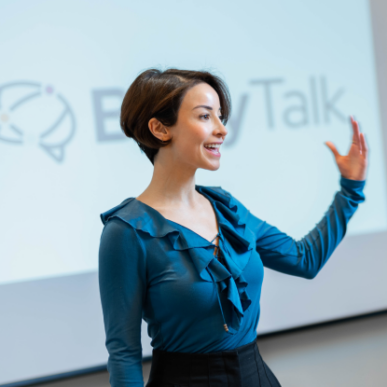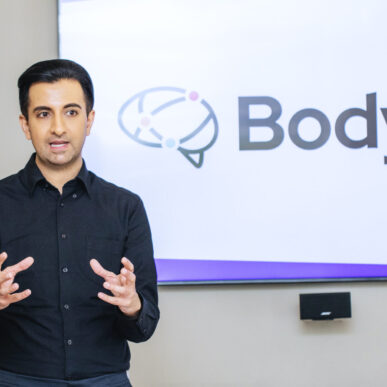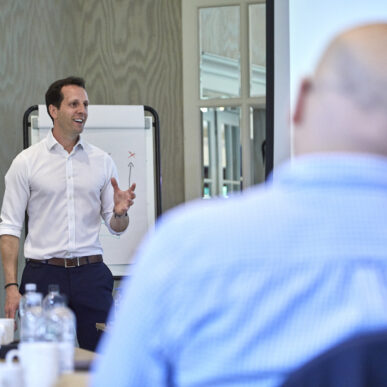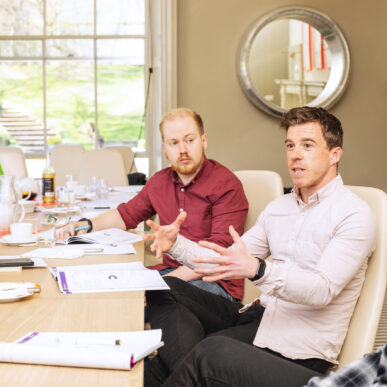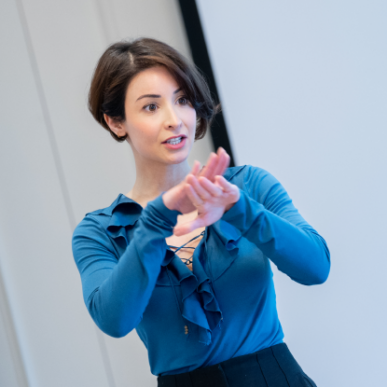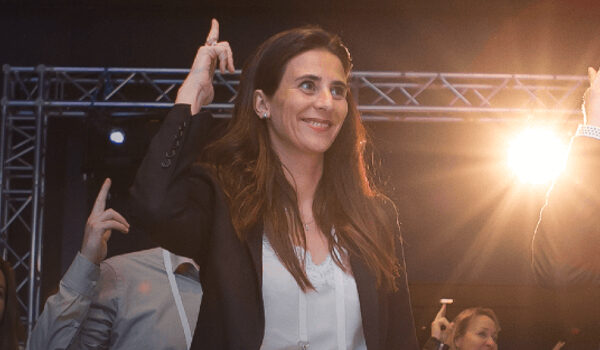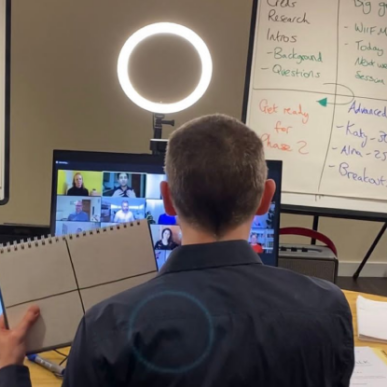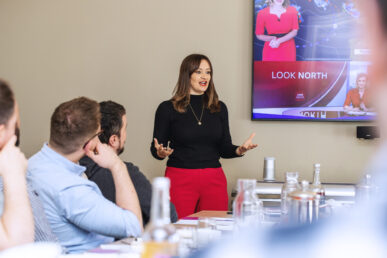“How we frame our message is crucial to its success”
Communicating Science – What We Can Learn From Jonathan Van-Tam
“So this is like getting to the end of the playoff final. It’s gone to penalties. The first player goes up, scores the goal. You haven’t won the cup yet, but what it does is it tells you that the goalkeeper can be beaten.”
So said Professor Jonathan Van-Tam, the UK’s Deputy Chief Medical Officer, managing public expectations of the Pfizer Covid-19 vaccine. A familiar face on televised government briefings, he has become an unlikely celebrity thanks to his use of analogies like the one above. He is also a great example of someone who is effective at communicating science.
The UK government’s response to the pandemic has at times been criticised for lack of clarity. In particular, the scientific evidence presented by the government’s advisors has often been explained in dry, complex language. This requires a level of expertise many of their audience don’t possess.
It’s a serious problem for a government that struggle to contain rising infections. In essence, a clear public understanding of Covid-19 is the foundation upon which successful countermeasures are built. If the public cannot follow the science, how can they be expected to accept major restrictions upon their freedoms?
Van-Tam is doing his best to redress this dangerous disconnect between the scientists and their audience, dispensing with technical language in favour of something more tangible. Football, trains, yoghurt and planes have been used metaphorically to make potentially confusing data engaging and memorable.
SHAKESPEARE – THE EARLY MASTER OF TANGIBILITY
Storytellers use these techniques to expand the scope of their work while keeping it relatable.
Shakespeare was one of the early masters of the tangible. His plays straddled continents and kingdoms, the earthly and the ethereal. They explored subjects such as regicide, the dark arts and forbidden love – alien concepts to most who came to see his plays.
The majority of his contemporary audience were from the lower classes of London. Enticed into the theatre from competing events such as bear-baiting and cockfights, they were largely illiterate and often volatile when they didn’t like a play.
The gulf separating the events of Shakespeare’s plays and those watching them was wide.
So, he used simile and metaphor to unite them. The enormity of Hamlet’s struggle was compared to taking arms against a sea of sorrows. Juliet’s beauty was as radiant as the sun. To Macbeth, life was as meaningless as the performance of a bad actor “that struts and frets his hour upon the stage and then is heard no more” – something Shakespeare’s audience would certainly have been familiar with.
More than 400 years later, Shakespeare is still one of the most performed playwrights globally. Why? His ability to connect with audiences regardless of their background, social standing or nationality. Not only that, some of the tangibles he created have transcended the plays and become part of everyday language.
THE MAGIC OF THE METAPHOR
Similarly, Van-Tam has bridged the knowledge gap by putting his message into a context his audience can understand. “I love metaphors,” he recently told the BBC. “I think they bring complex stories to life for people. It’s great.”
As a result, he has become the media’s go-to Covid expert. A trusted advisor when it comes to distilling complicated science into something that makes the public say, “Now I get it!”
How we frame a message is crucial to its success, particularly when sharing highly technical data or new concepts. As we become experts in our field, there’s a danger we fall prey to the “curse of knowledge”. We assume our audience is as well versed in our subject as we are. We begin to share information without feeling the need for explanation or context. This leaves our audience confused as to its relevance and reluctant to take action if any is required.
Data alone is not enough. As Daniel Kahneman, the author of Thinking, Fast and Slow, wrote, “No one ever made a decision because of a number. They need a story.” More specifically, they need a story that is relevant to them and tangibles, like those used by Jonathan Van-Tam, are an incredibly effective way of doing that.
To learn more about how we can help you, please get in touch with our team.






